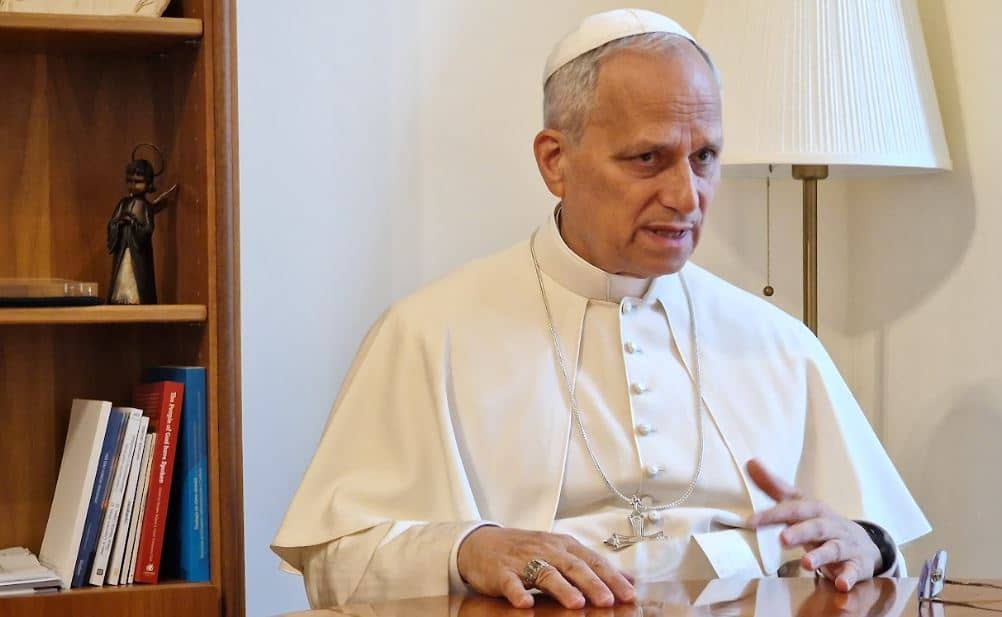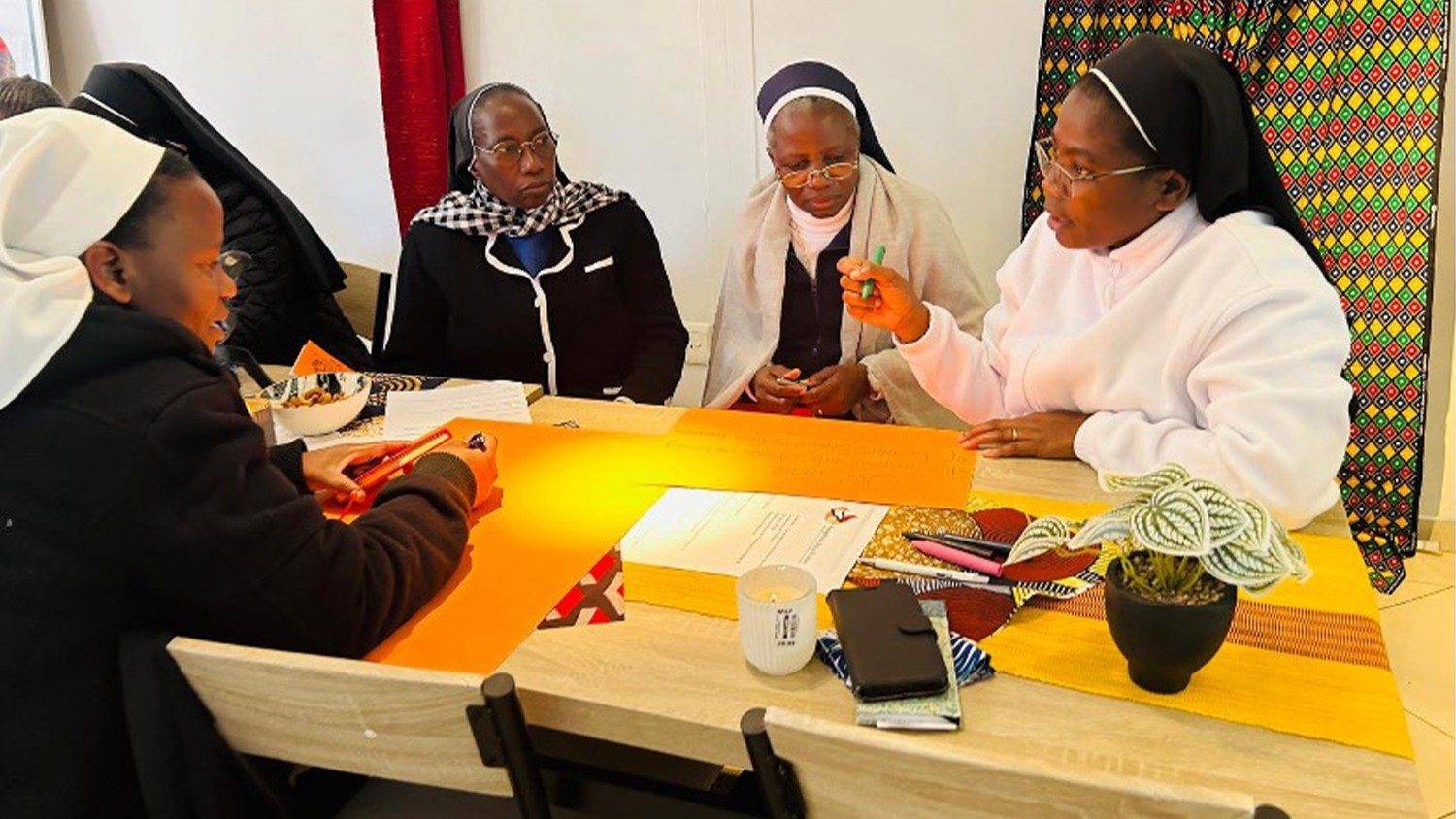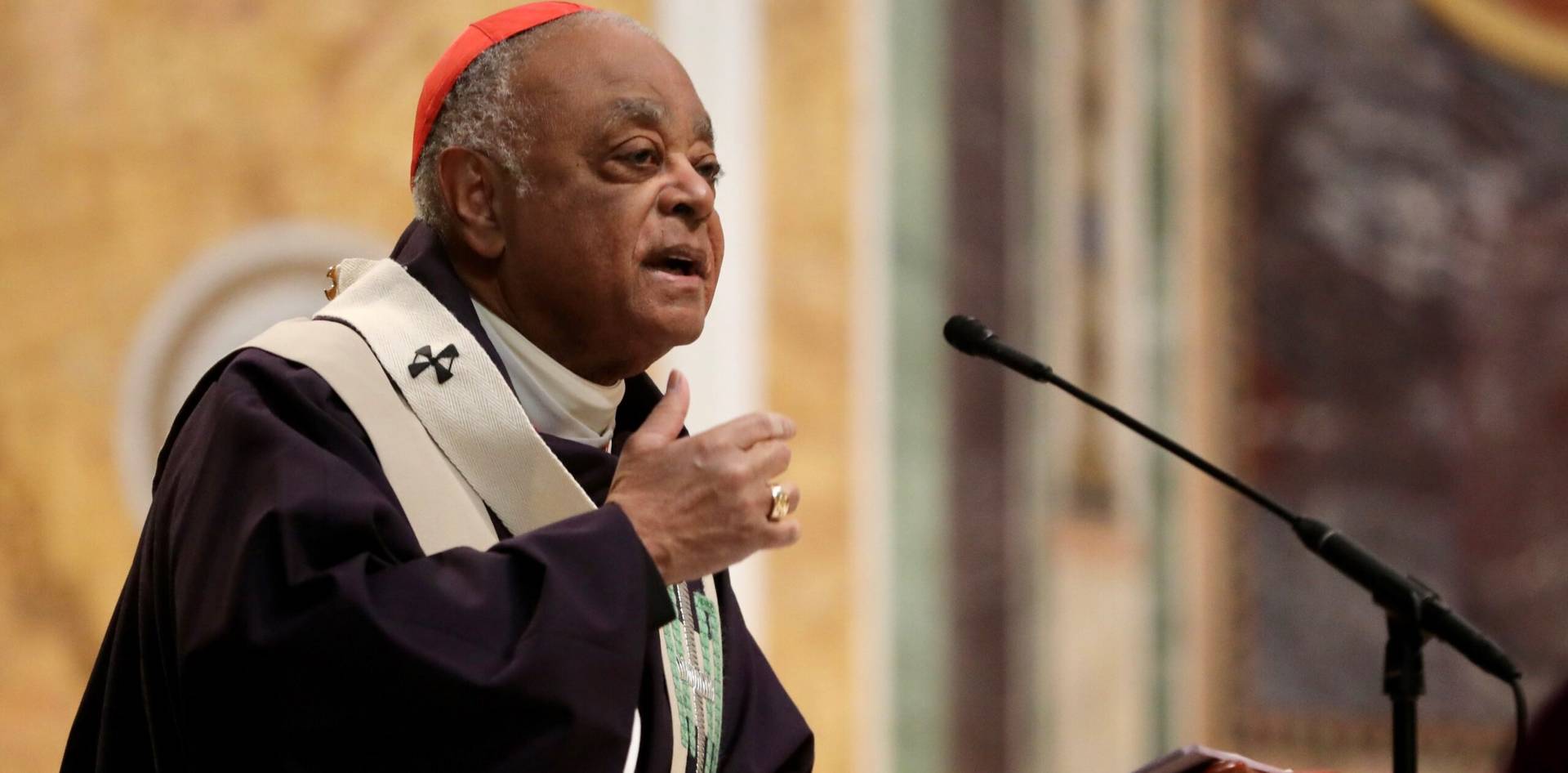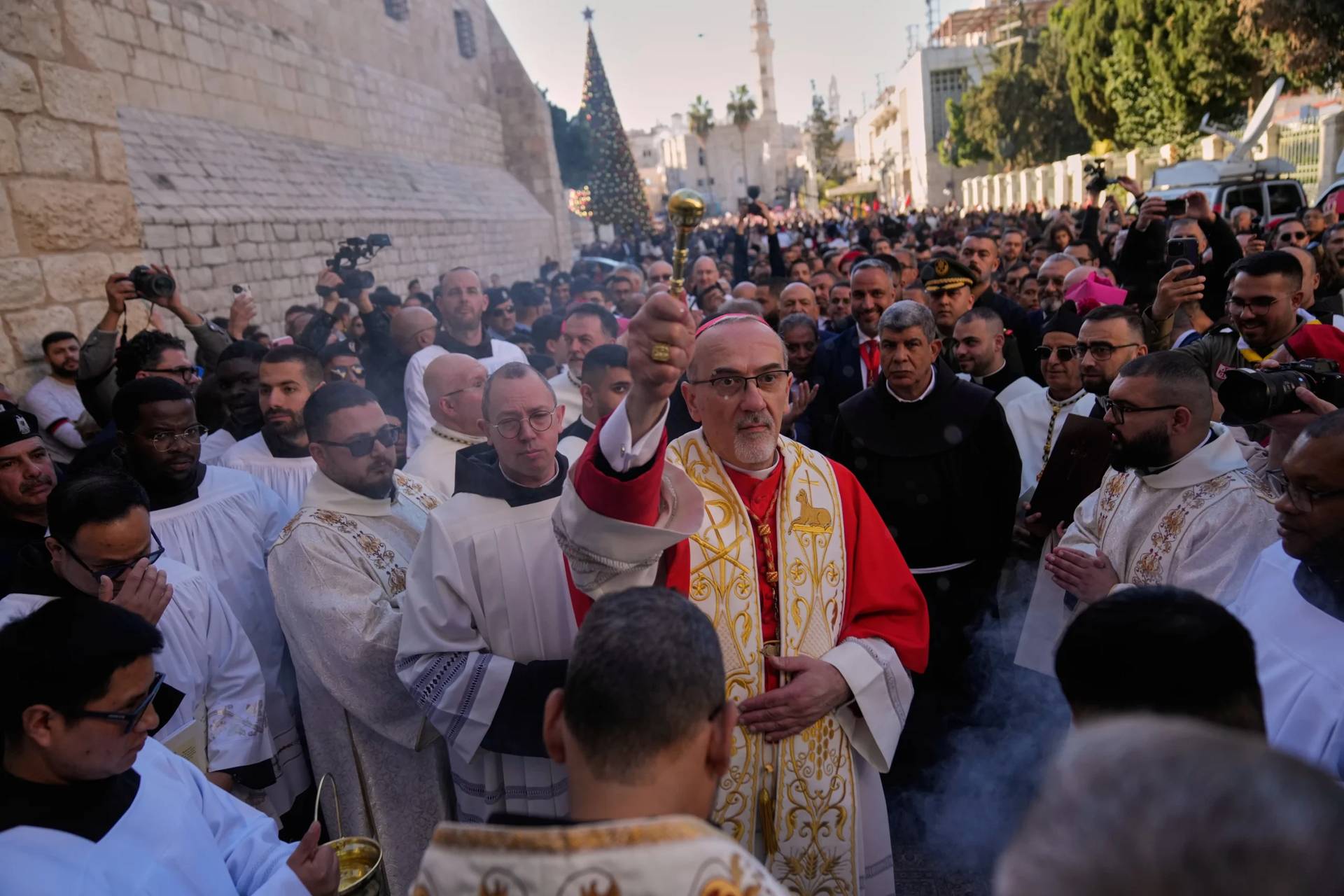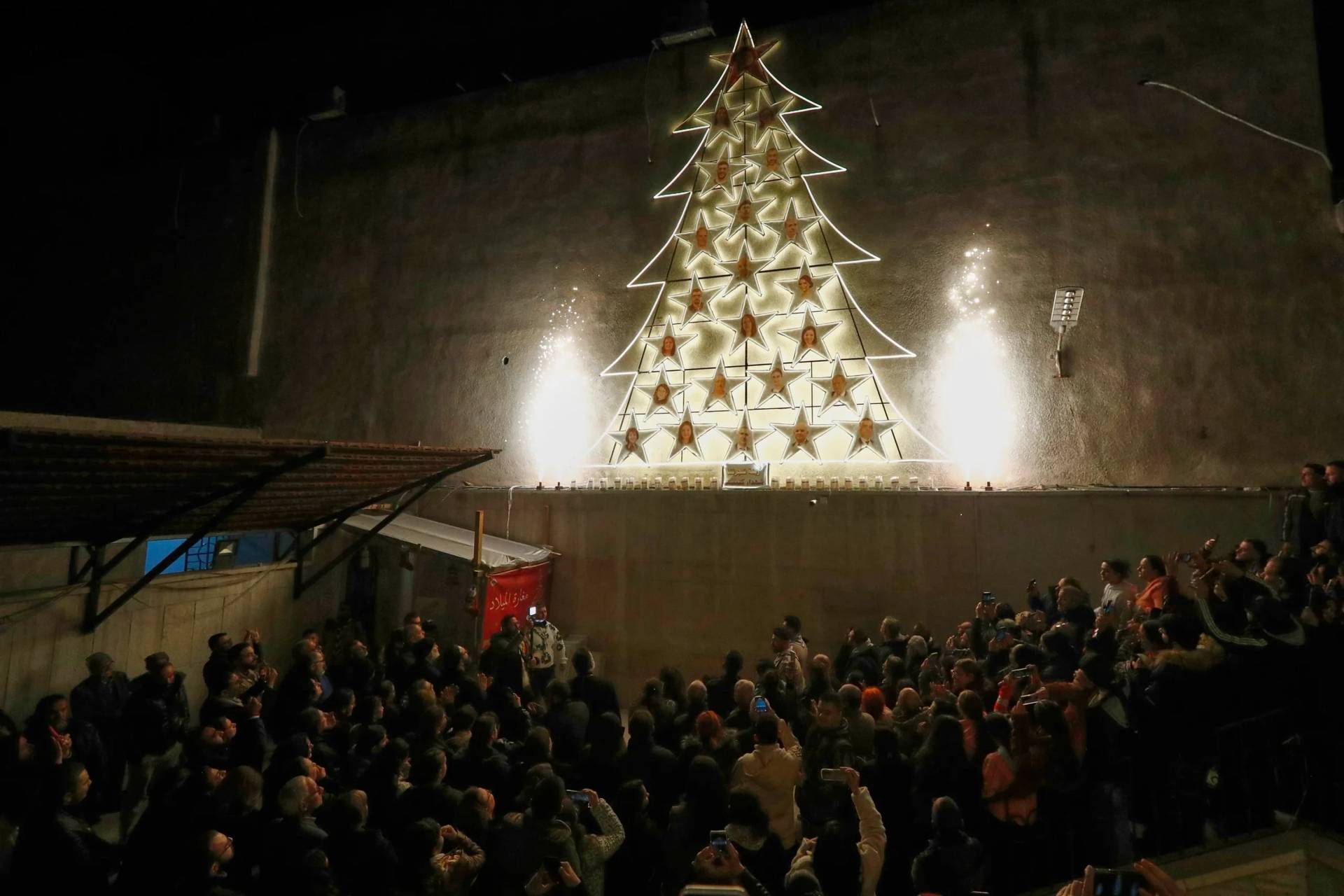ROME – Pope Francis today is acknowledged as one of the most influential leaders in the world, including on Twitter. Catholic layman Gustavo Entrala, one of the few people in the world who can say they taught a pope how to tweet, defines the “Pope Francis brand” as one of the most consistent in the world.
The pope, Entrala believes, is also the only authentic leader today, and he gives two reasons to back up that claim: Francis has a message that “everyone can understand, and is of universal application,” such as wanting a “poor Church for the poor” and a Church that goes out of herself and into the streets.
“Second, Pope Francis embodies his plan,” Entrala told Crux on Tuesday. “When the pope speaks of poverty, he is manifesting it in a thousand personal ways.”
Back in 2009, after Pope Benedict XVI wrote a letter to the bishops of the world apologizing for lifting the excommunication of four bishops, members of the traditionalist Society of Pius X, particularly Holocaust-denier Bishop Richard Williamson, who’s been excommunicated again for illicitly ordaining a bishop, Entrala and his business partner of the time decided to send their own letter to the pontiff to offer their services.
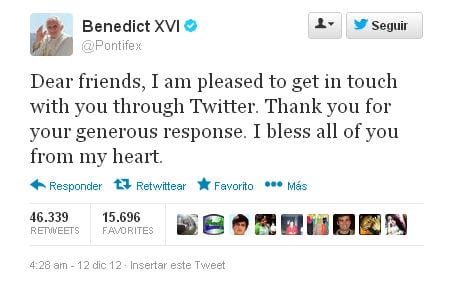
They had decades of experience in digital marketing, though Entrala began as a journalist, creating some of Spain’s first online newspapers. Together with Carlos García-Hoz, they created “101”, a digital marketing agency.
After five months, Father Federico Lombardi, then the pope’s spokesman, reached out to 101, asking them to do a workshop at the Vatican. It went so well that they gave the Holy See advice until 2016. During that period, they were responsible for introducing the papacy to Twitter, and Twitter to the papacy.
Speaking about Francis, Entrala defines him as a “WYSIWYG” leader, meaning, “What you See is what you get.”
“I believe that the pope is what people see,” he said. “He speaks of poverty because he has been poor first. If he speaks of mercy, it is because he has first been merciful to the people.”
The Argentine pontiff is also a “show don’t tell” leader, Entrala said, with leadership based on example, explaining an entire government program by doing a concrete thing — such as celebrating the Mass for the Last Supper at a prison, and washing the feet of inmates including women and Muslims.
Entrala spoke to Crux on Tuesday. What follows are excerpts of that conversation.
Crux: Five years ago, you taught Pope Benedict XVI how to tweet. What do you remember of it?
Entrala: It was a very emotional moment, because it was the first time a pope sent a tweet, which at the time was a completely new media platform for the Church. I remember it was a two-fold process: When Pope Benedict sent out a tweet in May 2011, and then when the @pontifex account opened in Dec. 2013.
All this was after a two-year process of work with the Holy See, which began in a very peculiar and surprising way. In March 2009, Pope Benedict XVI wrote a letter to all the bishops of the world alluding to the crisis generated by his decision to lift the excommunication of four bishops of the Society of Pius X. [Including Holocaust-denier Bishop Richard Williamson, who’s subsequently been excommunicated again for illicitly ordaining a bishop.]
At one point, the Holy Father acknowledged that they hadn’t applied good communication management, and that the internet could have been used to prevent the crisis. When reading that, my business partner at the time, Carlos, and I talked about it, and we decided to send a letter to the pope, to see if there was something we could do to help.
There began a relationship, specifically with Archbishop Claudio Maria Celi and then-Father Paul Tighe [today a bishop], which continued until December 2016. In that period, we were able to advise the Holy See on everything concerning the pope’s brand, and specifically the digitalization of his messages.
I imagine that when you sent the letter to the Vatican detailing your experience, it felt almost odd …
Yes, but we’re entrepreneurs, so whenever we saw an opportunity to offer our services to a global company that needed to improve their presence online, we reached out to them, sent a letter. At the time, our agency had 40 or 50 people working, we knew what we were talking about when we offered to help.
When they called and we flew to Rome to give the one-week seminar, we thought that would be it. But I think we were lucky, because we came across a team of people who trusted us.
Did the link end in 2016?
Yes, that was the end of the contract. During our five years, we helped with the creation and maintenance of @pontifex, created the Pope App, and news.va. In addition, every three months or so, we would go to Rome and give input on where millennials are, what they’re consuming, and suggestions on what could be done to reach them.
Including Instagram?
Exactly. Although that seemed very good, we did not intervene directly. There was a team in place already to launch that, one that is autonomous and has the tools and ideas needed to do everything very well.
How do you see the pope’s Twitter presence today? Does the account’s growth meet your expectations?
When we started, we estimated that in a year’s time, the pope would have numbers similar to those of the Dalai Lama, who is the other point of reference we had in terms of religious leaders. The Dalai Lama had six million followers back in 2012. When Pope Benedict resigned, he had about four million followers, reached between December 2012 and February 2013.
But then with the beginning of Francis’s pontificate three months later, in June 2013, the account had already surpassed the Dalai Lama, and since then it has been an exponential growth, and this was surprising to us. Today, [he has] over 36 million followers.
How does the account work? Because clearly, Francis doesn’t spend his day in front of the computer thinking “um, let’s write this tweet.”
You’d have to ask the Secretariat of Communication what the process is now. But at the time, there was a team of translators, and one or two people in charge of writing the messages. But it is possible that they have modified the system.
Archbishop Celi was the one who had more connection with the pope’s secretary, and he told me once that about half of the messages he sends out carry Pope Francis’s direct touch. But again, it may have changed in the last year.
As an expert in communication, how would you define the communications of Pope Francis?
I am an expert in marketing and technology, I move in those two worlds. From the point of view of the consistency of the Pope Francis brand, I believe that at this moment, it’s the most authentic of all the world leaders.
If the world had a line-up like a football team, on the one hand, you have a gentleman called Vladimir Putin in Russia, one in North Korea who every day gives us a new scare. You have the British with Theresa May, who’s a little withdrawn and has a somewhat hesitant leadership, and then in the United States there’s Donald Trump, who is rather random in his way of exercising leadership.
Taking into account the global line-up, we can say that we’ve had times with more credible leaders.
In this era, in which institutions have suffered a huge loss of credibility, the pope is not only the most consistent leader but, for me, the only authentic one. I see two reasons for this, particularly in a world as complex as the one we live in now, in which we have a lot of information on what’s going on, but we really have no idea what’s happening. We’ve never had so much information, but we’ve never been so baffled.
The first reason is that the pope is a man who, when he presented his vision of the Church to the cardinals in the congregations prior to the conclave that elected him, back in 2013, he did so with a piece of paper in his hand and in less than four minutes. And I have read, even in Crux, that this is what helped the cardinals decide when the time came to cast votes.
It was a super-simple plan: A poor church for the poor, a church that goes out of herself, that gives herself to the world. It’s a message that everyone can understand, and that is of universal application.
It’s not the same to say “Make America Great Again,” which is addressed to a white majority in America, as Trump does, than to say that the Church needs to get out, to reach all.
Second, Pope Francis embodies his plan. When the pope speaks of poverty, he is manifesting it in a thousand personal ways. And I like to compare it with a way of designing software design: “What you see is what you get” (WYSIWYG). This means that when you take a photo with your phone, what you see on your screen is very similar to what you photographed.
I believe that the pope is what people see. He speaks of poverty because he has been poor first. If he speaks of mercy, it is because he has first been merciful to the people.
And there’s another expression I like to apply to this pope, which is, “show don’t tell.” His leadership model is based on example. He’s able to explain a government program by doing a concrete thing. For instance, when he goes to a jail on Holy Week and washes the feet of the inmates, including Muslims. This is a tremendously explanatory gesture that embodies his pontificate.
First do …
And then say. That’s what makes his message so consistent. He’s also a pope who hasn’t lurched. He had a program of government when he began his pontificate, and I think he has been very loyal to it. Perhaps those who are closer to the Holy See may have more nuances, but from the outside, from a public opinion point of view, there’s a perception of consistency in his plan.
You had the possibility of advising Benedict XVI and Francis. How does a narrative affect a person with respect to the message he wants to convey?
The messages of Pope Benedict are extraordinarily eloquent, with a fantastic intellectual content, capable of saying something very deep in 140 characters, which gives us many things to think about. The style of Pope Francis is very direct, more relatable, emotional and understandable.
It seems to me that the difference of temperament between the two is very noticeable. The two were great popes, each with a role specific for the times they lived in.
I think that’s exactly what we tried to communicate to the Vatican when we did that first workshop. There was a session where we talked about seeing that the Church was being cornered by certain very controversial issues where she was forced to play defense. The Church was cornered, and people were throwing tennis balls at her.
In that scenario, all you can do is try to respond, because you don’t have the possibility of taking the initiative. However, we believe that the Church has a lot of precious arguments. The Christian message is the most beautiful and persuasive one that has ever existed. It was about time we started talking about things that generate more enthusiasm, that we took the initiative, talking about what is beautiful and exciting about the message, and then the consequences.
I believe the pope has an impressive marketing intent, because this is exactly what he said in his first interview. He’s been consistent and honest about it: he hasn’t stopped talking about abortion, family, the Catholic conception of marriage. But he’s put an emphasis on other things that allow more people to feel they’re welcome in the Church.
This has made the Church a more inclusive place, in which more people feel welcome. I travel around the world, and many have approached me, said this to me. A divorced woman, or a man living a complicated life. They’ve said to me ‘I felt excluded, but this pope helps me feel like I belong.’ Not because they had ever been officially excluded, but because when the Church would talk, not everyone felt included.
The pope is trying to create a larger Church, which generates some controversy among some, but I think this is a more generational thing.
Talking about controversies, many times we see in social networks, even in Catholic environments, a behavior that is more like a lynching in the public square than what the Church teaches as fraternal correction. Are social networks the origin of this behavior or a conduit?
Allow me to compare them to a soccer stadium. I’ve been going to games since I was very young. I learned every possible expression of hatred, some unimaginable. Why? Because people see this as an anonymous environment where people go to defuse frustrations, to recover energies.
Social networks are fulfilling that role, but they have magnified it immensely. I don’t see it so much in the Christian environment, what I see there is a group of young people, with an open spirit and open dialogue. There are some more radical sectors with people who are distributing “Catholic credentials” here and there, but this is marginal.
Marginal, but loud …
Yes, yes. There are people with a lot free time! But it’s much more visible in the Anglophone environment than in Spanish.
We are in a moment in which some things are less certain, but as a Catholic, I think it’s doing us good. The pope helps us to think more about the person than about sin, and to have a vision of God as a God who loves us since we were children, who never tires of forgiving us.
Then there’s the fact that the pope challenges us, but some of his interlocutors are not faithful to the message he delivers. So people end up responding not to what the pope said, but what those close to him claim he said …
I couldn’t agree more! I detected this at the beginning of the pontificate. The supporters he has sometimes distort his message, and bring him closer to their political and ideological positions. It’s also true that he has such an open message that it is easy to use it.
For instance, the case of ‘Who am I to judge?’ I experienced that one live, not because I was on the plane coming back from Rio, but I followed the whole thing on Twitter. Some of the most liberal journalists here in Spain were saying things [that weren’t accurate], and I kept telling them, ‘He hasn’t said anything different from the previous popes. If you analyze everything that Francis said in that message, there’s nothing different.’
Yet people put the emphasis wherever they want to put it.
That’s why I believe that you have to read him and follow him, and take into account the manual with which you read him. If you read him with an ideological manual, you find some things, if you read him with the manual of a person of faith, it is different.











